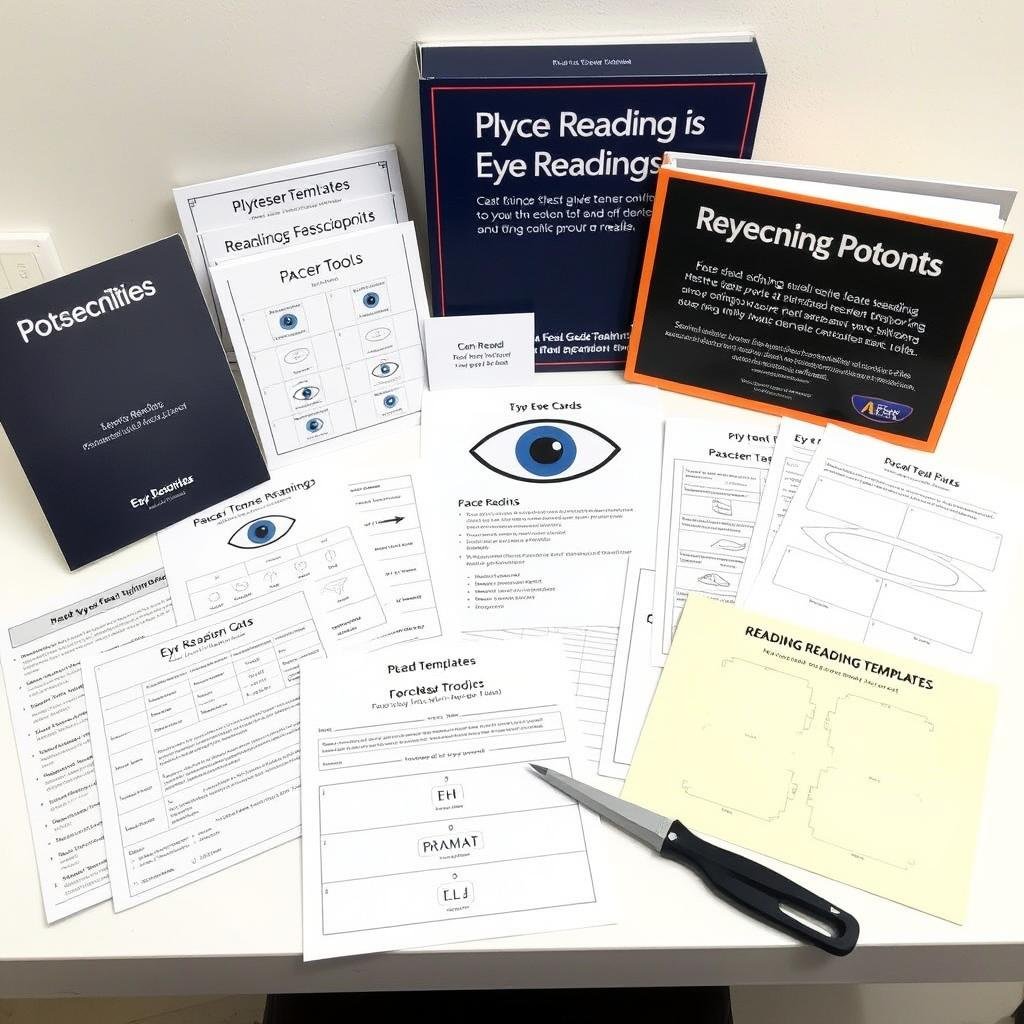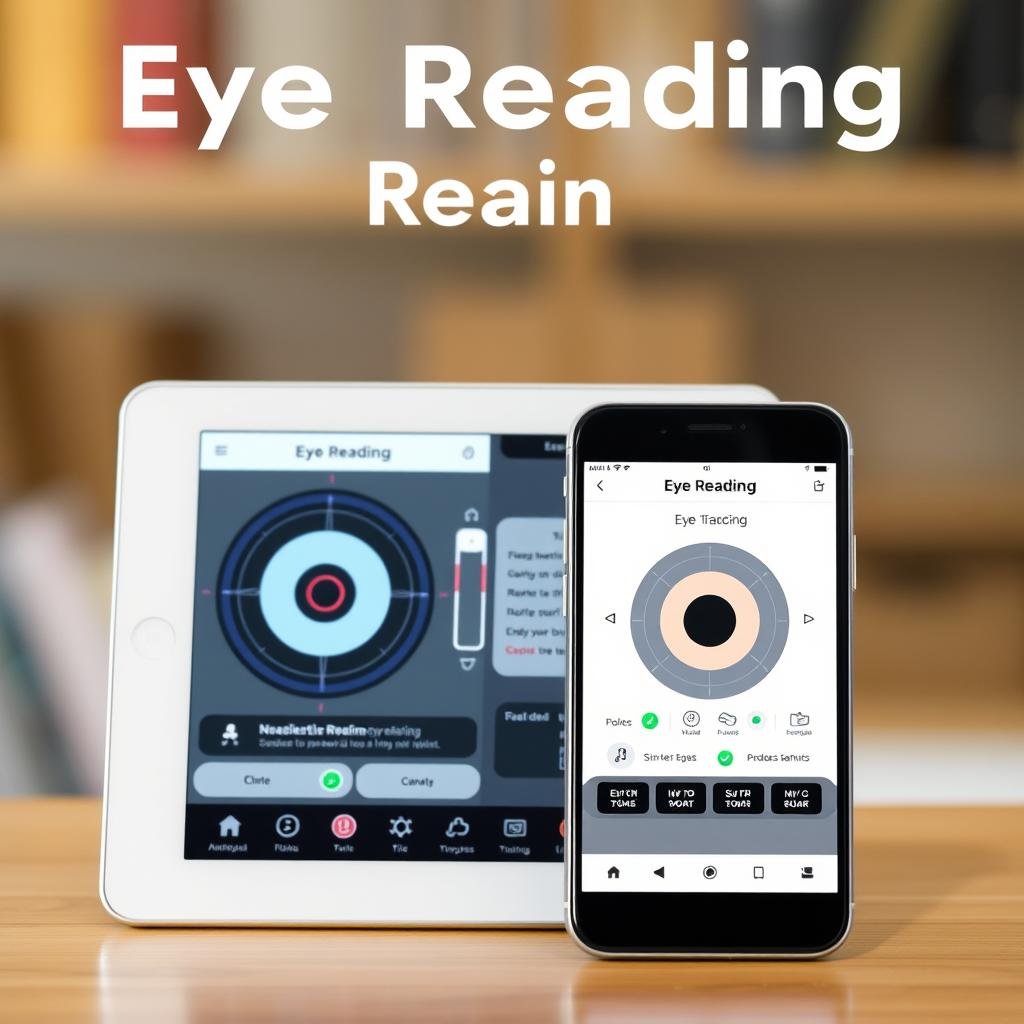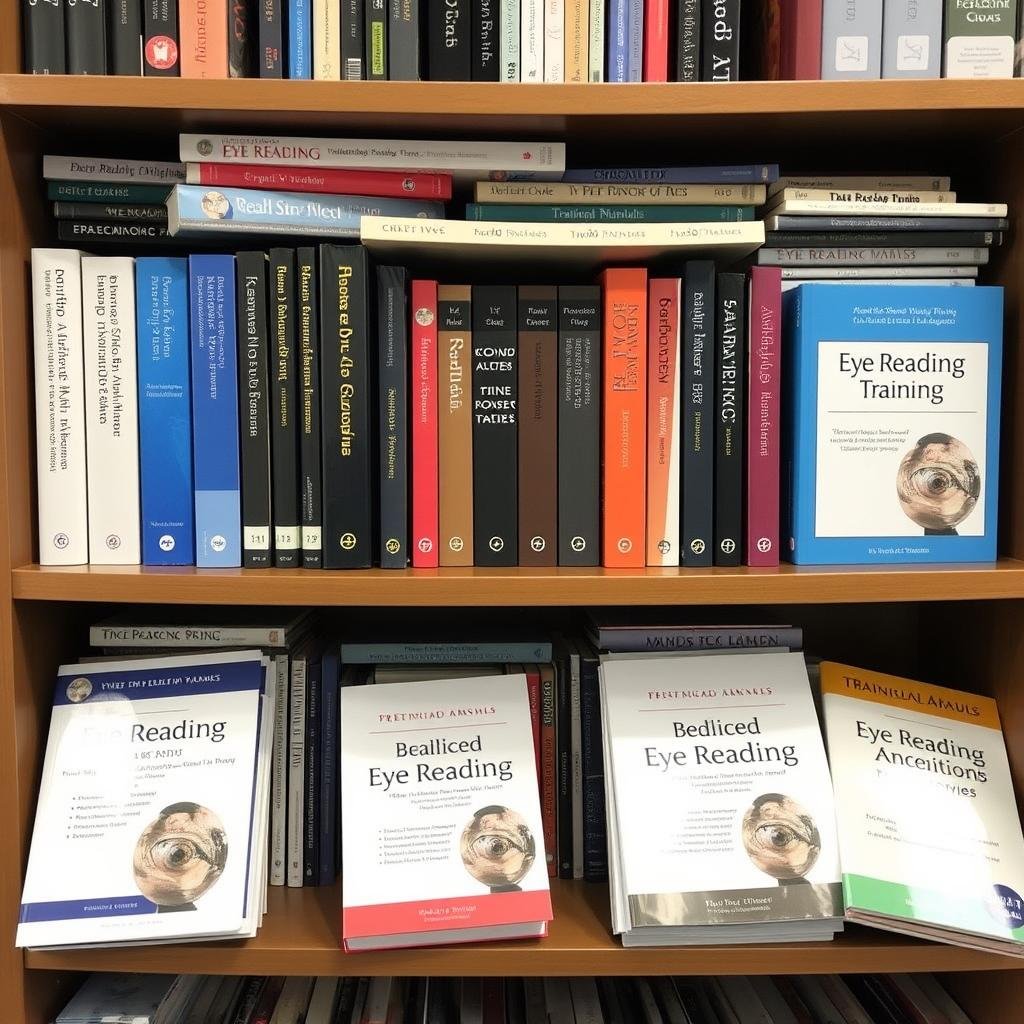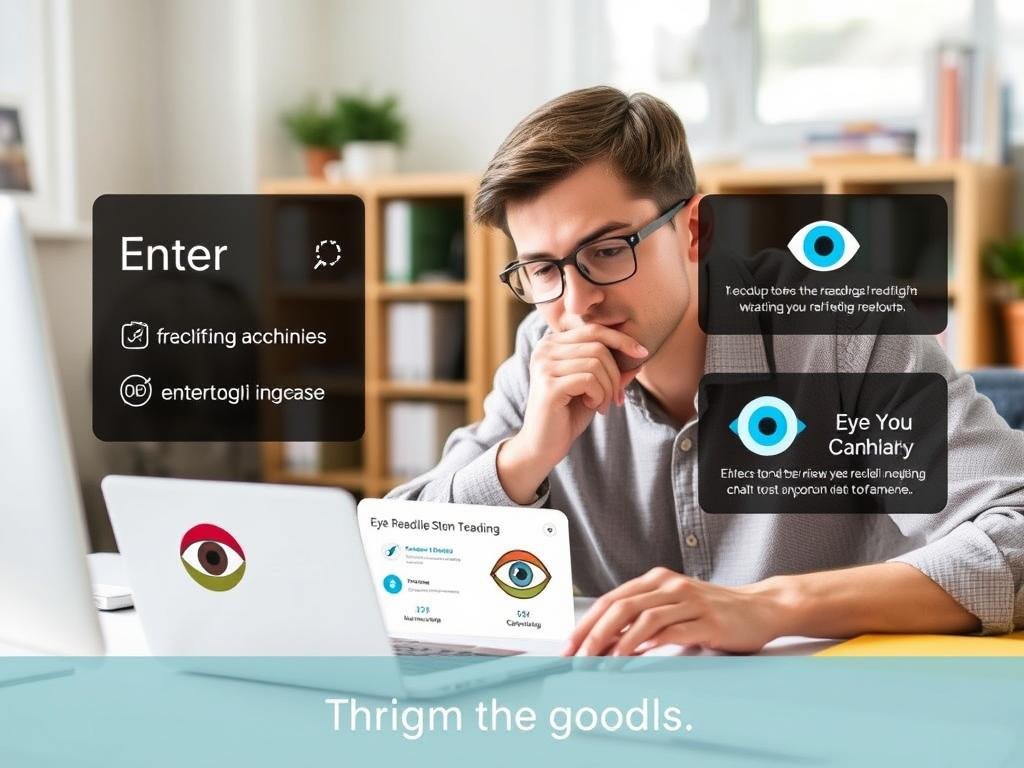Have you ever wondered why some people can absorb information from a page almost instantly while others struggle through each line? The secret might lie in Čítanie očí – a set of techniques that optimize how your eyes move across text to maximize comprehension and speed. In this comprehensive guide, we’ll explore what Eye Reading is, why it matters in our information-dense world of 2025, and how you can master this valuable skill to transform your reading experience.
Eye Reading involves specific eye movement patterns that can significantly improve reading efficiency
What Is Eye Reading and How Does It Work?
Eye Reading refers to the specific techniques and patterns of eye movement that optimize how we visually process written information. Unlike traditional reading, where many people follow each word individually (known as subvocalization), Čítanie očí trains your eyes to capture larger chunks of text simultaneously, reducing fixation time and increasing information intake.
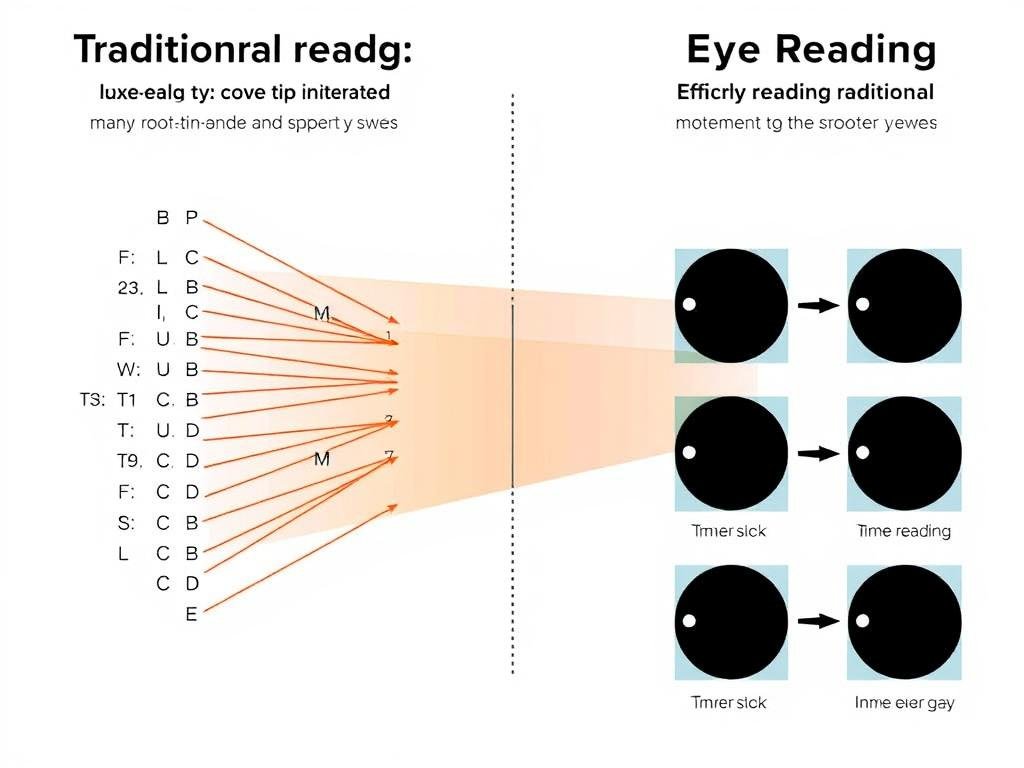
Comparison between traditional reading patterns (top) and optimized Eye Reading patterns (bottom)
The Science Behind Eye Reading
Our eyes don’t move smoothly across text but rather in a series of jumps (saccades) and stops (fixations). Research shows that during reading, we only process information during fixations, which typically last 0.2-0.4 seconds. Eye Reading techniques work by:
- Expanding your peripheral vision to take in more words per fixation
- Reducing regression (backward eye movements) that slow reading
- Minimizing subvocalization (mentally pronouncing each word)
- Training the brain to process multiple words simultaneously
- Optimizing fixation duration for maximum comprehension

Neurological activity during Eye Reading shows increased efficiency in visual processing areas
Discover Your Current Reading Efficiency
Curious about your current reading patterns? Take our free assessment to identify your baseline reading speed and comprehension level before learning Eye Reading techniques.
Take Free Assessment
Key Benefits of Eye Reading in 2025
In today’s information-saturated world, Eye Reading offers significant advantages that extend beyond simply reading faster. Here’s why mastering this skill is particularly valuable in 2025:
Efficiency Benefits
- Increase reading speed by 2-3x without sacrificing comprehension
- Process digital content more efficiently across multiple devices
- Reduce eye strain and fatigue during extended reading sessions
- Improve ability to skim and scan for relevant information
- Better retention of key information through optimized processing
Cognitive Benefits
- Enhanced focus and concentration during reading tasks
- Improved working memory for better information synthesis
- Reduced mental fatigue when consuming complex material
- Better information organization and categorization
- Increased adaptability to different text formats and structures

Professionals using Eye Reading can process multiple documents more efficiently
Eye Reading vs. Speed Reading: Understanding the Difference
While often confused, Eye Reading and speed reading are distinct approaches with different methodologies and outcomes:
| Aspekt |
Čítanie očí |
Traditional Speed Reading |
| Primárne zameranie |
Optimizing natural eye movement patterns |
Maximizing words per minute at all costs |
| Comprehension |
Maintains or improves comprehension |
Often sacrifices comprehension for speed |
| Technique |
Reduces fixations and regressions while expanding peripheral vision |
Often uses tools like pointers or metronomes |
| Learning Curve |
Gradual improvement with consistent practice |
Often promises dramatic immediate results |
| Adaptability |
Works with various content types and difficulties |
Best for simple, straightforward content |
How to Start Practicing Eye Reading
Developing effective Eye Reading skills requires consistent practice and the right approach. Here’s a structured method to begin your journey:

Using guide tools can help establish proper Eye Reading patterns during initial practice
Foundational Eye Reading Exercises for Beginners
Week 1: Baseline Development
- Measure your current reading speed and comprehension
- Practice expanded peripheral vision with card exercises
- Begin eliminating subvocalization with humming techniques
- Start with simple, familiar texts for 10-15 minutes daily
- Focus on reducing regressions (backward eye movements)
Week 2: Pattern Training
- Introduce chunking exercises (reading 2-3 words at once)
- Practice vertical reading patterns down the center of text
- Use a pacer (finger or pen) to guide eye movement
- Increase practice time to 20 minutes daily
- Begin working with moderately complex material
Week 3: Advanced Integration
- Remove physical pacers and maintain consistent speed
- Practice with varied content types (news, fiction, technical)
- Introduce timed reading challenges with comprehension checks
- Begin practicing without guides or tools
- Apply techniques to your everyday reading materials

Digital applications can track your Eye Reading progress and provide targeted exercises
Get Your Free Eye Reading Starter Kit
Download our comprehensive beginner’s guide with printable exercise sheets, progress trackers, and video tutorials to jumpstart your Eye Reading practice.
Download Free Starter Kit
Common Eye Reading Mistakes to Avoid
Even with the best intentions, many beginners make mistakes that can hinder their Eye Reading progress. Being aware of these pitfalls can help you develop more effective habits from the start:
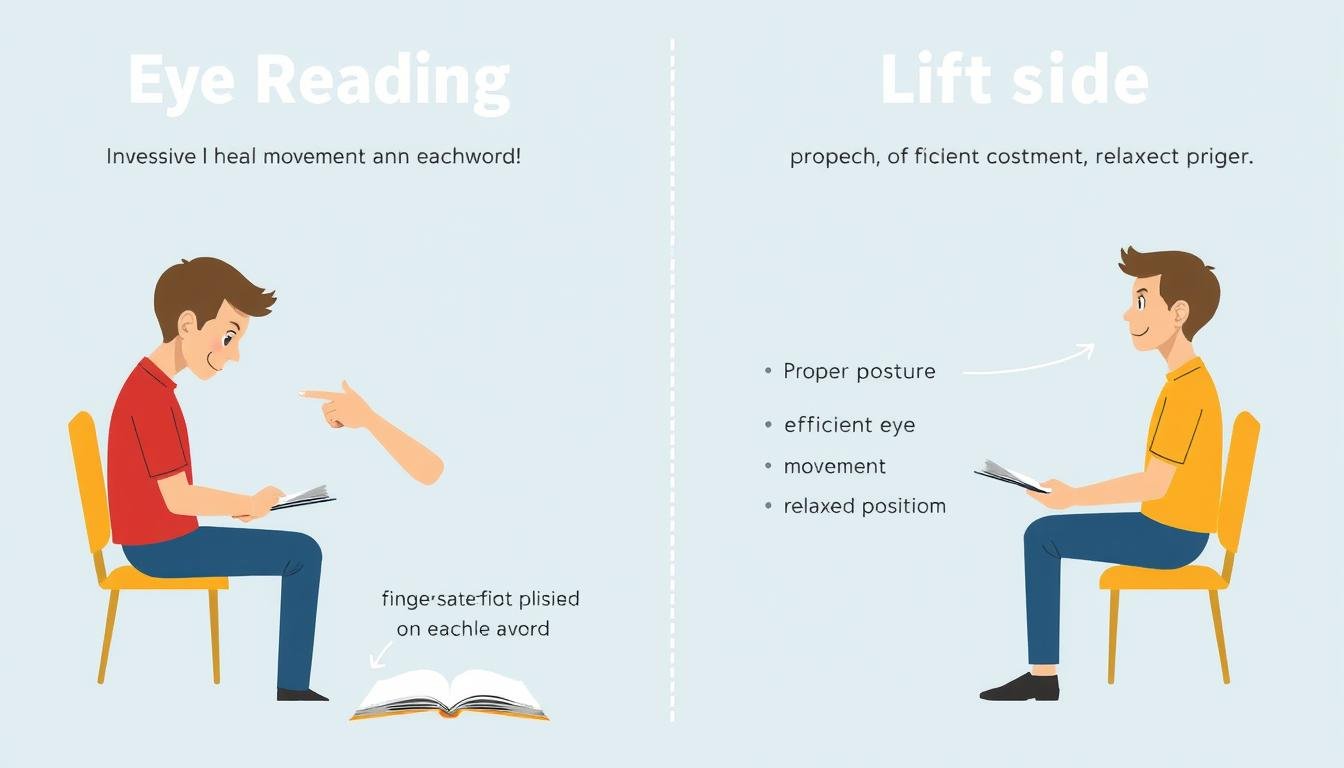
Common Eye Reading mistakes (left) compared to correct techniques (right)
Effective Practices
- Maintaining a relaxed, upright posture
- Practicing consistently for 15-20 minutes daily
- Gradually increasing difficulty and speed
- Balancing speed with comprehension checks
- Using proper lighting and ergonomic setup
- Taking regular breaks to prevent eye strain
- Applying techniques to varied content types
Bežné chyby
- Rushing to advanced techniques too quickly
- Focusing solely on speed without comprehension
- Practicing irregularly or in marathon sessions
- Continuing to subvocalize each word
- Moving your head instead of just your eyes
- Becoming discouraged by initial slow progress
- Using techniques inappropriate for content type
“The most common mistake in Eye Reading is prioritizing speed over comprehension. True mastery comes from balancing both elements through consistent, mindful practice.”
Dr. Maria Chen, Vision Science Researcher

Proper posture and positioning are essential for effective Eye Reading practice
Advanced Eye Reading Techniques
Once you’ve mastered the basics, these advanced Eye Reading techniques can help you reach expert-level proficiency:

Advanced Eye Reading techniques involve sophisticated eye movement patterns
- Vertical Reading: Train your eyes to move down the center of the page, using peripheral vision to capture entire lines at once. This technique can double or triple your reading speed.
- Chunk Expansion: Gradually increase the number of words you can process in a single fixation, from 3-4 words to entire phrases or short sentences.
- Selective Reading: Develop the ability to instantly identify and focus on key information while skimming less important content, particularly useful for research and technical reading.
- Photographic Reading: Practice taking mental “snapshots” of entire paragraphs or pages, then processing the information afterward – useful for quick information gathering.
- Cross-Content Adaptation: Master the ability to seamlessly switch Eye Reading techniques based on content type, from dense technical material to narrative text.
Expert Tip: Advanced Eye Reading practitioners often report entering a “flow state” where text processing becomes almost automatic. This typically emerges after 2-3 months of consistent practice.
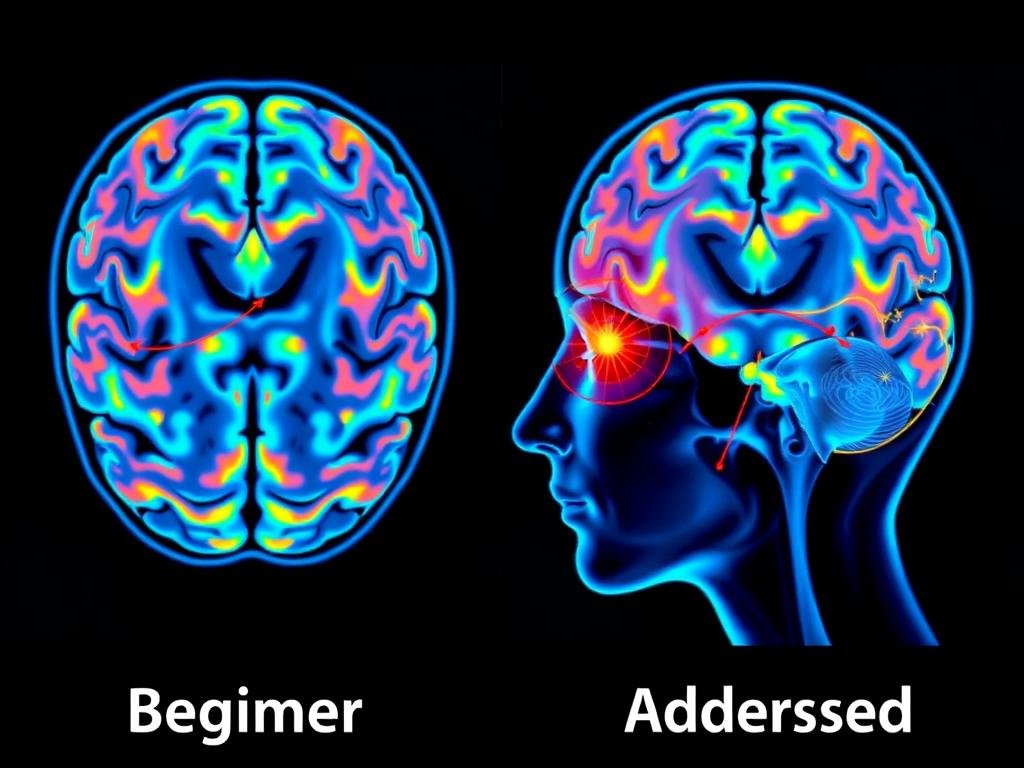
Brain scans reveal more efficient neural pathways in advanced Eye Reading practitioners
Ready for Advanced Eye Reading Training?
Take your skills to the next level with our structured 6-week advanced course, designed for those who have mastered the fundamentals and want to achieve expert-level reading efficiency.
Explore Advanced Course
Real-World Applications of Eye Reading
Eye Reading skills offer practical benefits across numerous personal and professional contexts:
Academic Applications
- Process textbook content more efficiently
- Review lecture notes in less time
- Improve research paper efficiency
- Enhance exam preparation
- Better manage reading-heavy course loads
Professional Applications
- Quickly process industry reports
- Stay current with relevant publications
- Efficiently review contracts and documents
- Enhance presentation preparation
- Improve email and communication efficiency
Personal Applications
- Enjoy more books in your leisure time
- Better manage information overload
- Improve digital content consumption
- Enhance learning of new hobbies
- Reduce time spent on necessary reading

Eye Reading enables professionals to efficiently process multiple information sources
Eye Reading FAQs
Is Eye Reading suitable for everyone?
Most people can benefit from Eye Reading techniques, though individuals with certain visual impairments or reading disorders may need modified approaches. It’s always best to consult with an eye care professional if you have specific concerns. Children above the age of 12 can typically begin learning basic Eye Reading techniques.
How long does it take to see results from Eye Reading practice?
Most practitioners notice initial improvements within 2-3 weeks of consistent practice (15-20 minutes daily). Significant gains in both speed and comprehension typically emerge after 6-8 weeks. Advanced proficiency can take 3-6 months of regular practice to develop fully.
Does Eye Reading work for digital content as well as print?
Yes, Eye Reading techniques work for both print and digital content, though some adjustments may be needed for screen-based reading. Digital content often benefits from specialized approaches that account for scrolling and different text layouts. Many digital Eye Reading applications are specifically designed for on-screen reading.
Will Eye Reading affect my comprehension negatively?
When practiced correctly, Eye Reading should maintain or improve comprehension while increasing speed. The key is to progress gradually and regularly check your understanding. If you notice comprehension declining, it’s a sign to slow down and focus on proper technique before increasing speed again.
Can Eye Reading help with technical or complex material?
Yes, though complex technical material may require specialized Eye Reading approaches. Advanced practitioners often develop content-specific techniques for different types of material. For highly technical content, you might use a modified approach that emphasizes comprehension while still benefiting from improved eye movement patterns.

Eye Reading techniques can be applied to both print and digital materials
Start Your Eye Reading Journey Today
Eye Reading represents a valuable skill set that can transform how you consume and process written information. In our information-rich world of 2025, the ability to efficiently read, comprehend, and retain knowledge provides a significant advantage in both personal and professional contexts.
Remember that developing effective Eye Reading skills is a journey that requires patience, consistent practice, and the right techniques. Start with the foundational exercises, gradually incorporate more advanced methods, and use appropriate tools to support your progress.

With practice, Eye Reading becomes a natural and effortless skill
Begin Your Eye Reading Transformation
Ready to revolutionize how you read? Our comprehensive Eye Reading program provides everything you need to develop this valuable skill, from beginner foundations to advanced techniques.



















